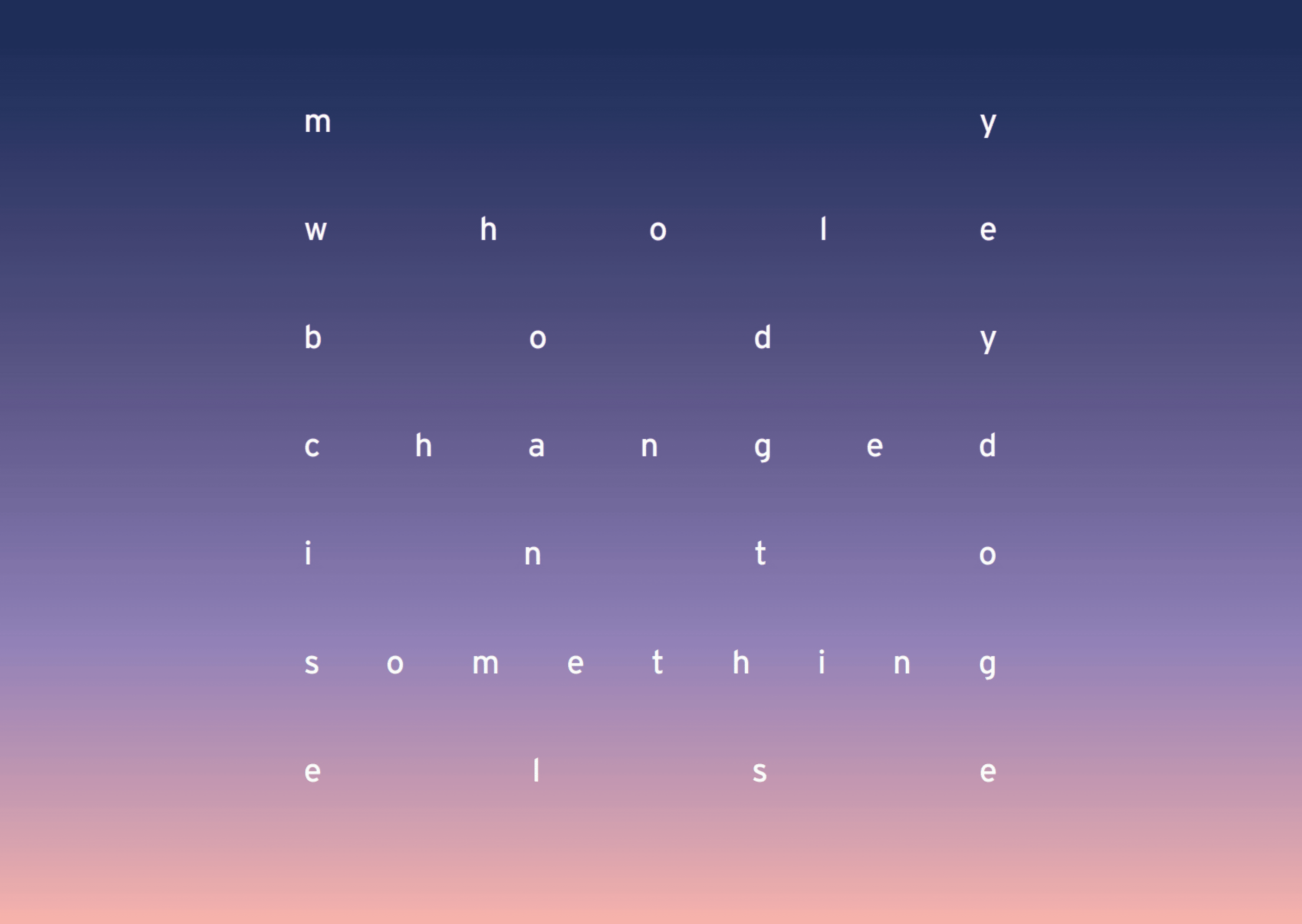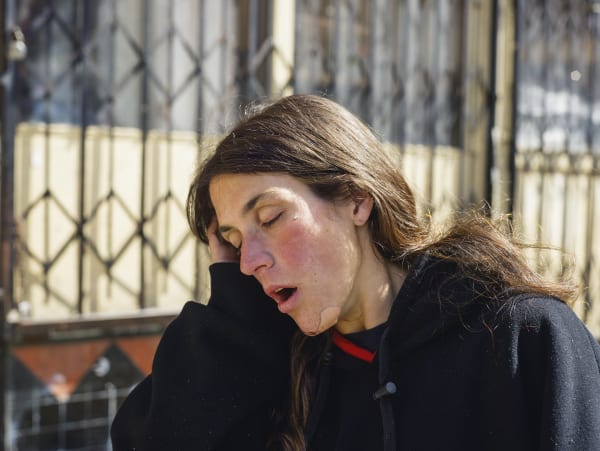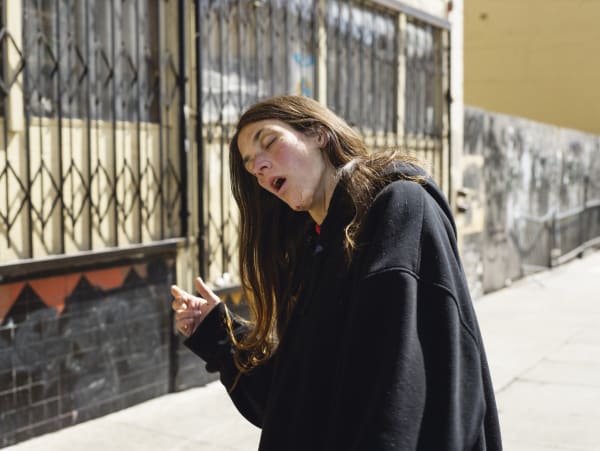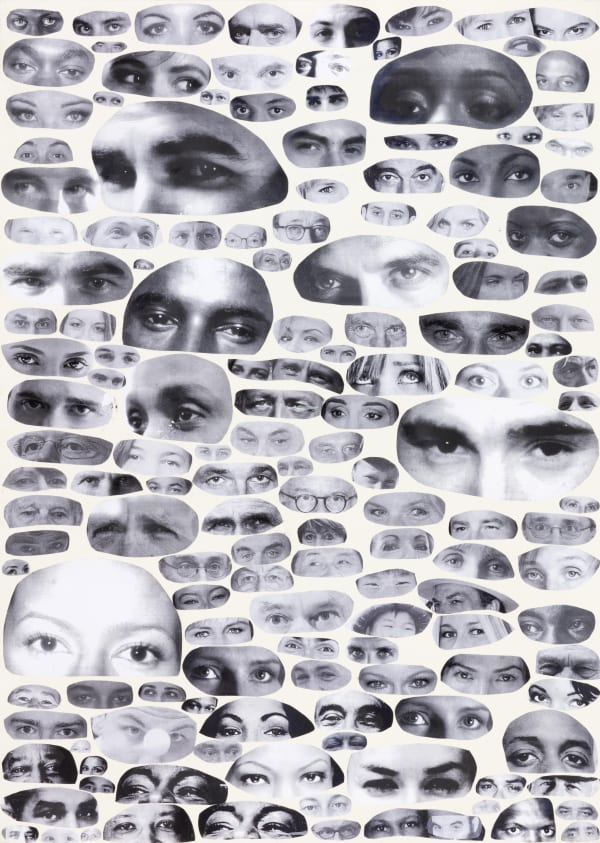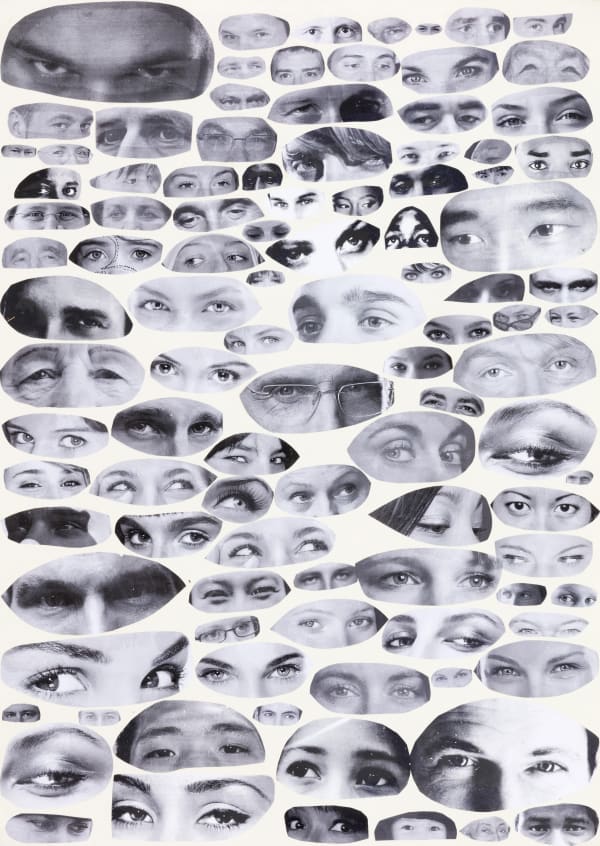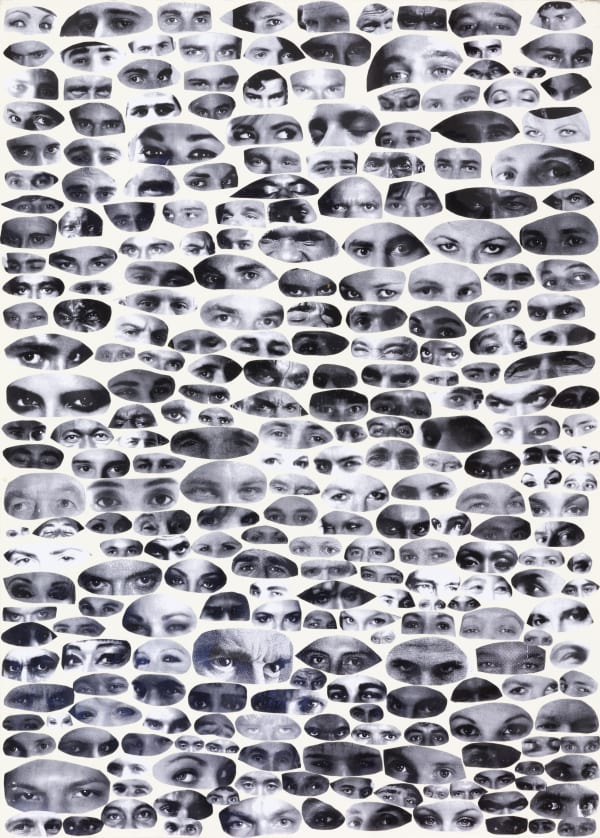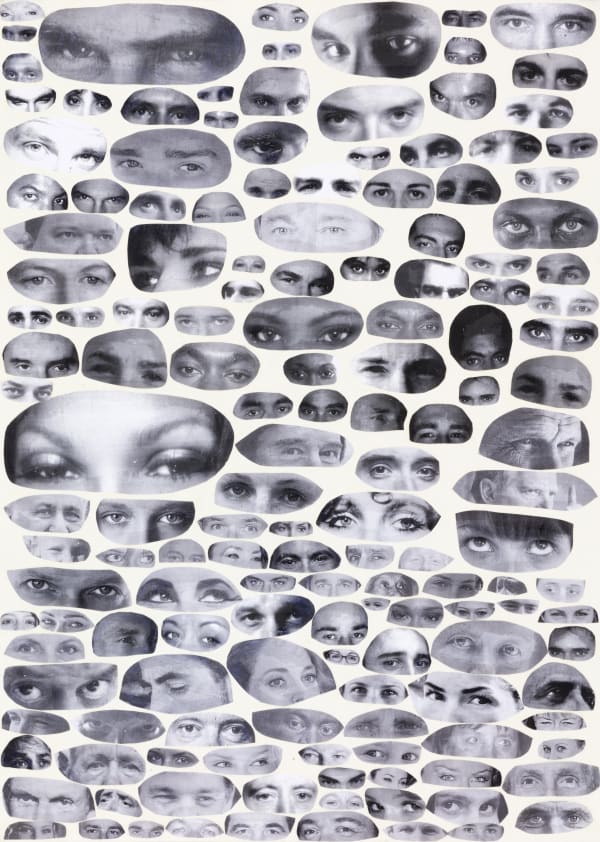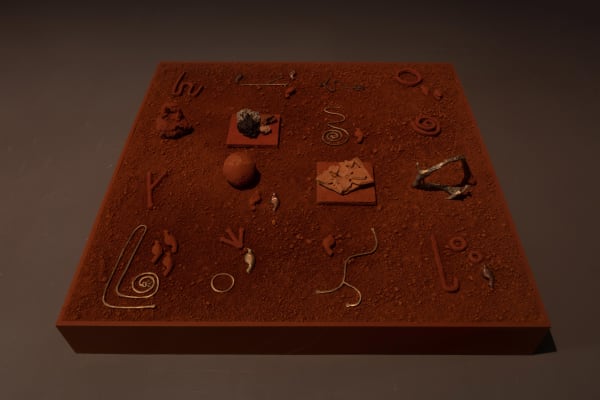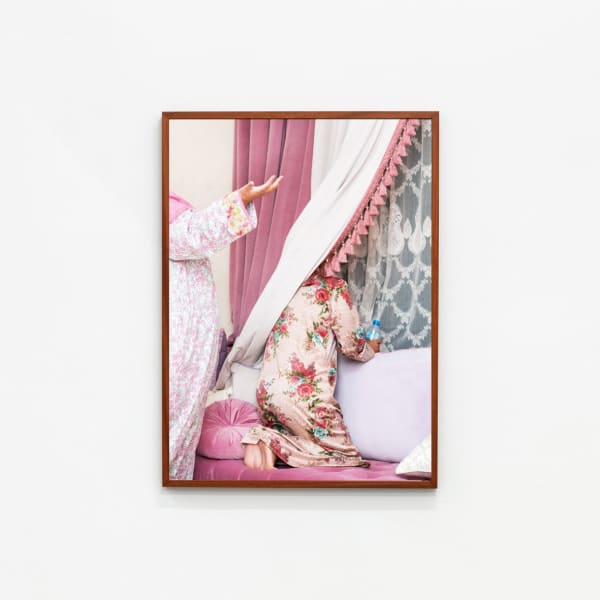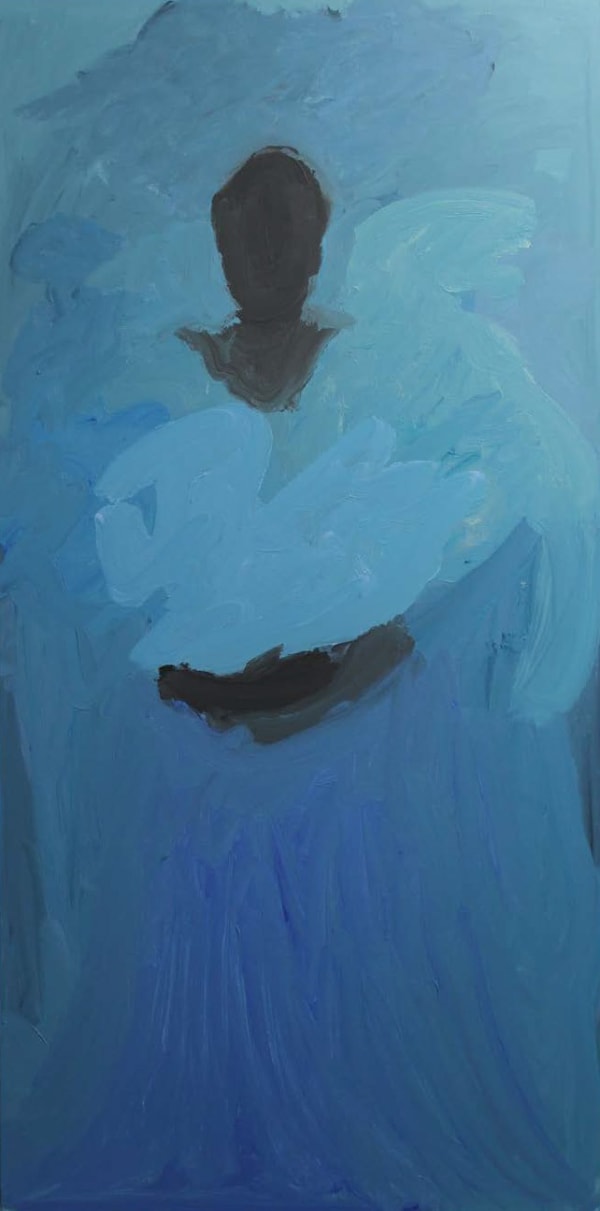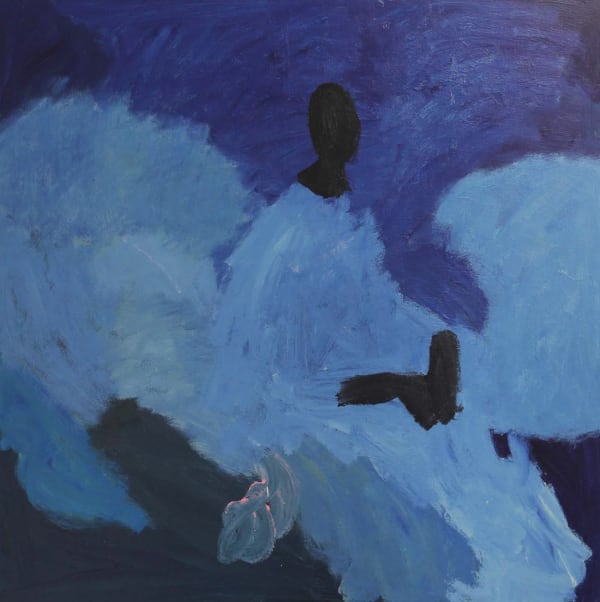-

-
-

PIETER HUGO
Untitled, Los Angeles
-

FRIDA ORUPABO
Going home
-
-

PENNY SIOPIS
Material selves
Installation (46 works)
-

PENNY SIOPIS
Transfiguration
-

MOSHEKWA LANGA
Mogalakwena
-

DADA KHANYISA
'not particularly looking for someone, I just go on dates for new conversations'
-

DADA KHANYISA
'It was that night we ended up at Berea Court'
-

-
'My work draws upon a lot of those folks who are really grappling with this thing called the erotic and pleasure and joy. I remember during the 90s, I got a lot of hassle from some of my fellow black queer folks because my work was not seen as positive representation, and my response was "positive to who?" In the conversation about what’s included when we talk about queerness I found that the erotic, pleasure and joy is the thing that gets excluded… I want my work to bring joy to people, but joy that doesn’t lose sight of the material body.'
– Ajamu X, 2021
-

-
-
STEVEN COHEN
DEFACE
-

-

KAMYAR BINESHTARIGH
An Exhaustive Catalogue of Texts Dealing with the Orient
'It happened by accident. While I was experimenting with different materials I started writing on glass, and then it broke. I thought it was quite fitting to be able to rearrange the texts in the same way that I think of language and writing, to create something that can be arranged and rearranged, and distorted.’ – Kamyar Bineshtarigh, 2021
-
ERKAN ÖZGEN
Wonderland
-

RAHIMA GAMBO
-
RAHIMA GAMBO
Instruments of Air
-
-

LÉONARD PONGO
The Uncanny | Click for full presentation
-

-

KAYLIN MOONSAMY
Bhuvaneswari Kali
The Black Liberator
Matangi Kali
-
-

PAULO NAZARETH
Untitled
-
-

WURA-NATASHA OGUNJI
Faster
-
MONILOLA OLAYEMI ILUPEJU
Stampede of Champions
-

SIMON GUSH
One by one all the shafts will be closed
-

THANDIWE MSEBENZI
Ukuba noxolo / To have peace
-
THANDIWE MSEBENZI
Chapter 2, Pieces of Radical Makazi: Gogo & Makazi
-

-

PORTIA ZVAVAHERA
Ndibuditsei Ipapo (Take me out of there)
-

MELEKO MOKGOSI
Objects of Desire, Addendum 9
-

-
AZIZ HAZARA
Eyes in the Sky
-

SERGE ALAIN NITEGEKA
Lost and Found VI
Lost and Found I
-
Mmakgabo Helen Sebidi
Manhood
The spirit guides her towards marriage
Sebidi’s art grapples with the transpersonal realm, where the self encompasses wider aspects of humankind, animal-kind and the psyche. Drawing from ancestralism and dreams, her work combines figurative and surrealist elements to offer a multiverse and create a value system that helps her figures make sense of the world. Sebidi draws upon her Sotho heritage to illuminate how animals facilitate access to God, acting as necessary spiritual guides. In The spirit guides her towards marriage and Manhood, continuous spiritual immersion is centred in contemporary life, encouraging the viewer to see and move beyond the periphery and limitations of the physical world.
-

SIMNIKIWE BUHLUNGU
There Are No Complete Knowledges
There Are No
The Case of the Agricultural Hyperpolyglot
-

-

THAMI KITI
Untitled staffs | Click for full presentation
-

JANE ALEXander
Infirmary 2014, 2019
Palm with putti and nests 2014, 2019; Server with alms bag and broom 2014, 2019 - broom carved by Thami Kiti; Server with alms bag and bell 2014, 2019; Lamb 2016; Server with wheat and sickle 2014, 2019; Virtue 2014, 2019; Chorus 2014, 2019; Bird posing as a Cormorant 2014, 2019; Maladies 2014, 2019; Many limbs make light labour 2014, 2019; It is far preferable to fly when your knees and elbows ache, 2011.
-
SIMNIKIWE BUHLUNGU
Audio installation
-
my whole body changed into something else
Previous viewing_room
